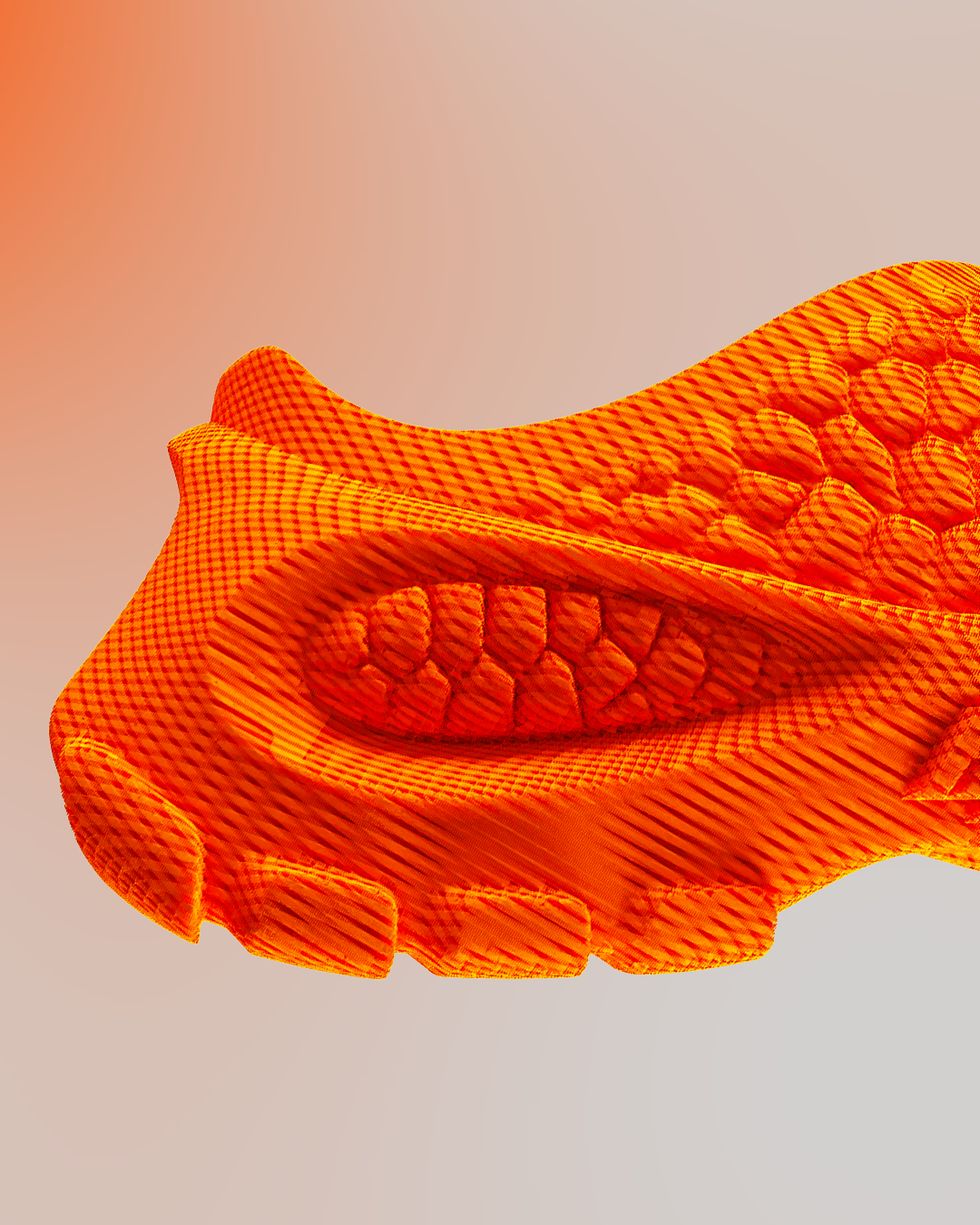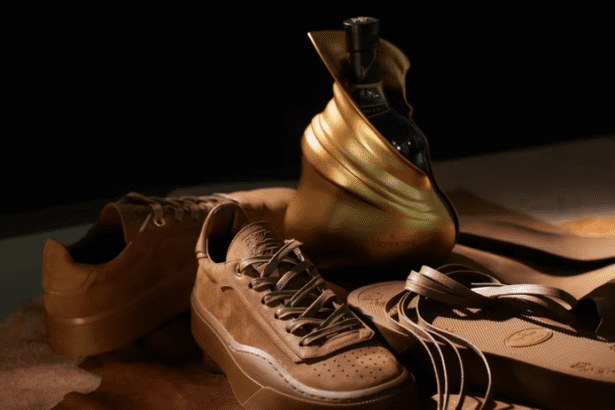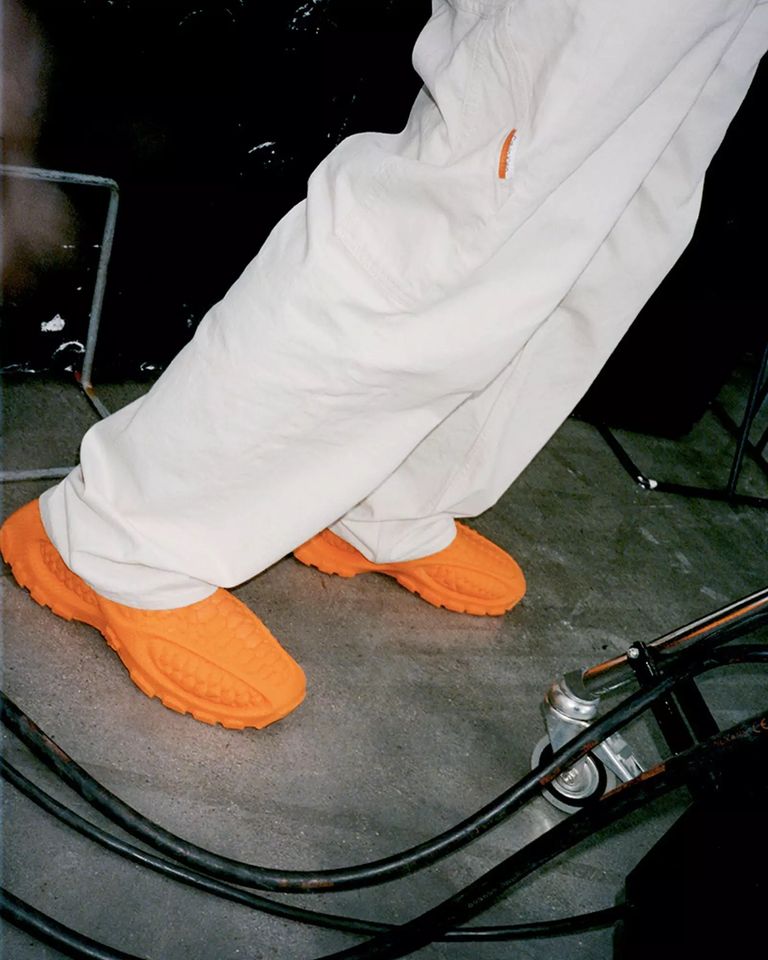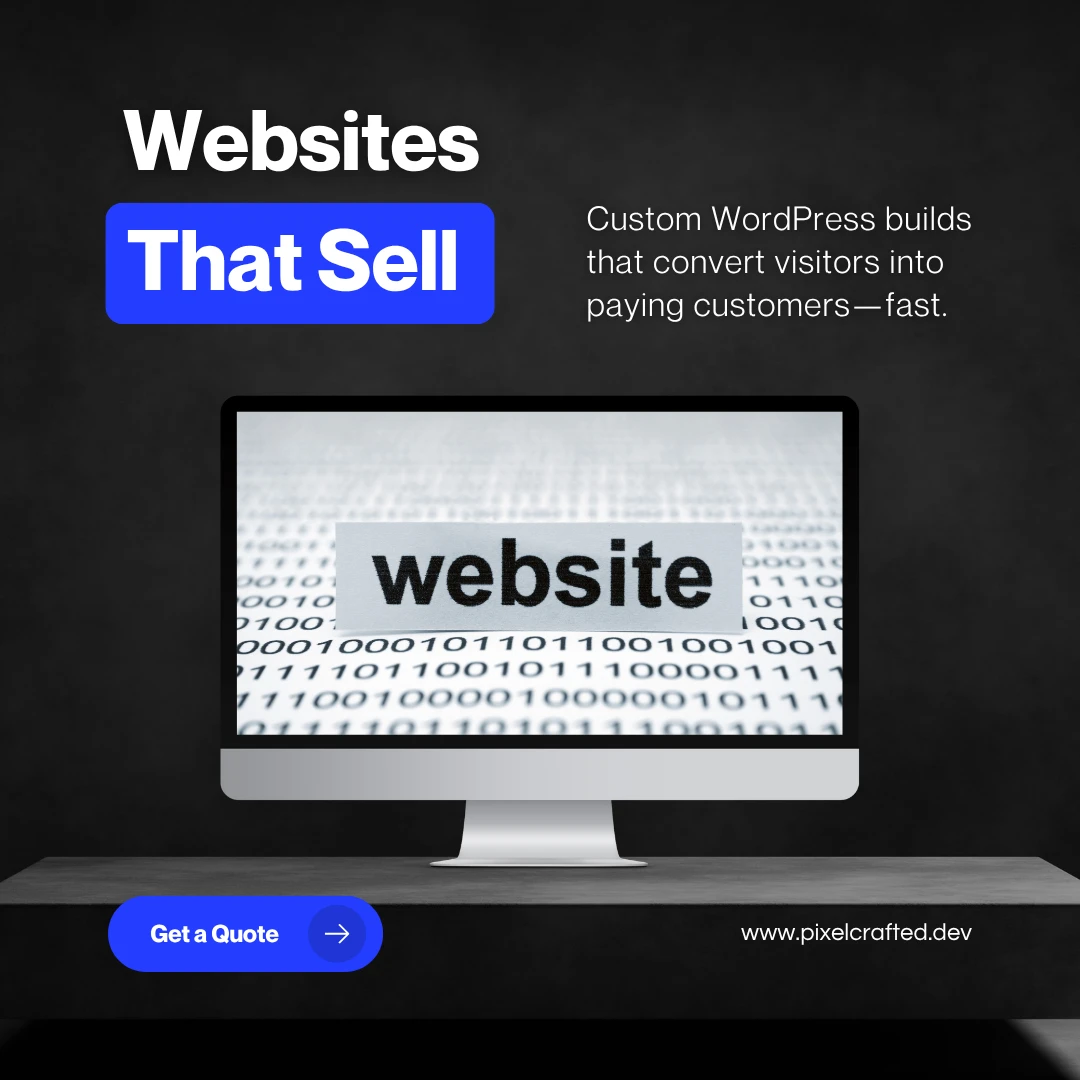
Zellerfeld isn’t your usual sneaker company. Sure, Zellerfeld sneakers exist — namely, one with promising designer Heron Preston — but its founders don’t see Nike or Adidas or even Allbirds as real competition. Instead, comparisons to Tesla or SpaceX are more fitting, CEO Cornelius Schmitt admits in interviews. (They even made a pair of shoes for Elon Musk’s son, X Æ A-XII.)
That’s because Zellerfeld isn’t a fashion brand. It’s a software company. Designers submit files and Zellerfeld 3D prints them, creating sneakers out of a soft, spongy recycled TPU material — sort of like Adidas Boost, for example.
Right now, each pair takes 40 hours to make, a timeframe constrained by the company’s current scale. But they’re ramping up production and soliciting beta testers. Testers will wear the latest update of the HERON01, Version 0.81, Preston’s signature shoe, and provide feedback on how it fits, what sorts of terrain it couldn’t tackle — if it rubbed or caused blisters and so on and so forth. Zellerfeld will also analyze your foot’s imprint, where the tread wore down fastest and whether any damage occurred. These data points and open-ended answers will inform the next version, Version 0.82.
“The beta tester community has been incredible,” Preston says. “The demand and feedback for the first version was beyond my expectations, and interacting with beta testers makes me want to continually update the design for them to try.”
In the future, feedback can be returned in real time, and edits can be made at a similar speed. Once an update is made, the sneaker owner can send that pair back for it to be repurposed into the newest model.
These are Zellerfeld’s ambitions, of course, but they’re still a ways away from this sort of circularity. There’s clear interest, though, considering the company’s first few rounds of funding fetched investments from PayPal, Tesla and SpaceX (three companies intimately involved with billionaire futurist Elon Musk), among others — and buyout offers from big footwear brands. They’ve eagerly declined them all, past interviews reveal.
For Preston, Zellerfeld offers a way to bypass traditional production hurdles, which are too much to surmount for startups and independent designers alike. There are often order minimums in the thousands, and if you’re unsure how your first shoe will sell, this means serious debt straight out of the gate.
In the future, Zellerfeld wants to be more like an app store than an actual brick-and-mortar. There, designers could upload their own ideas, shoppers can pick their preferred one and Zellerfeld will print it, ideally delivering it as soon as the next day.
That’s a pace no other sneaker manufacturer can match, because Zellerfeld uses automated 3D-printing machines instead of human labor — “software instead of assembly lines,” the brand states. This alternative manufacturing method uses no toxic processing chemicals or adhesives and creates very little waste, if any at all, since the shoes are printed on demand. Whatever waste is left can be recycled back into the machine, just like old Zellerfeld shoes, to create more shoes.
There are plenty of kinks left to work out, but this is a promising company worth keeping an eye on, especially as the rubber footwear renaissance continues. You can sign up to be a beta tester through Zellerfeld’s site or on their forthcoming iPhone app. There, you can scan your foot for the perfect fit. Version 0.81 will be $350.
SOURCE: https://www.gearpatrol.com/style/shoes-boots/a40511043/zellerfeld-beta-testing/








